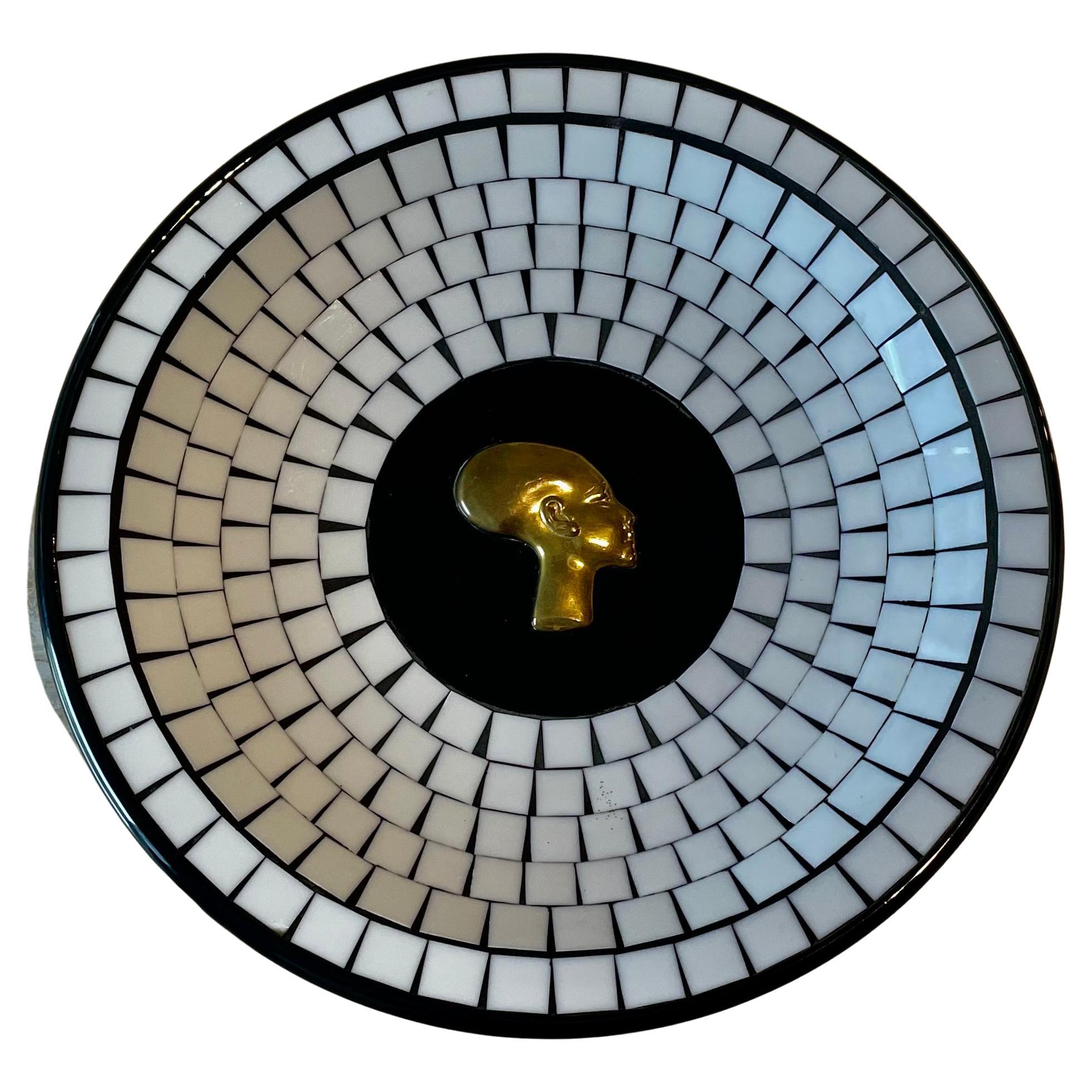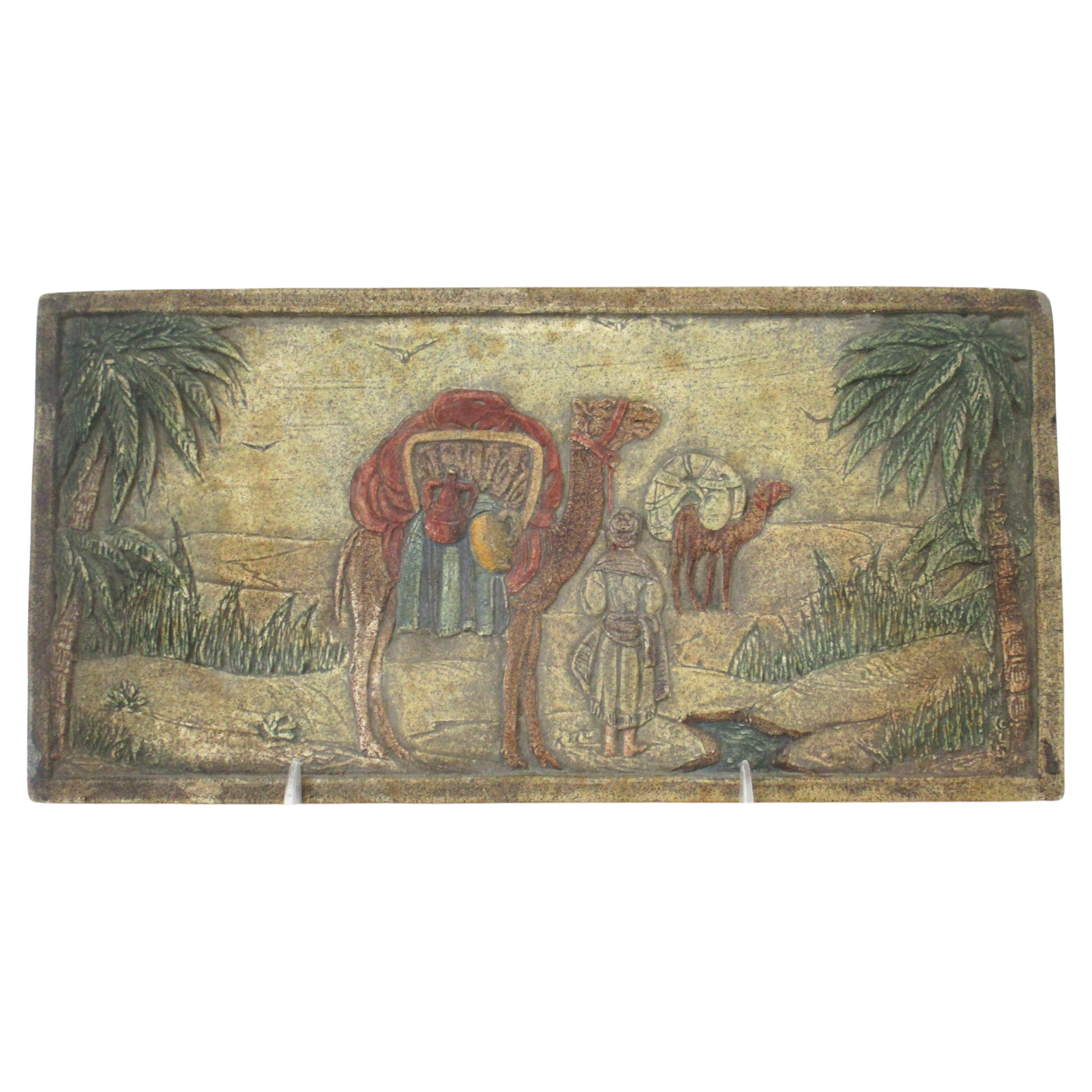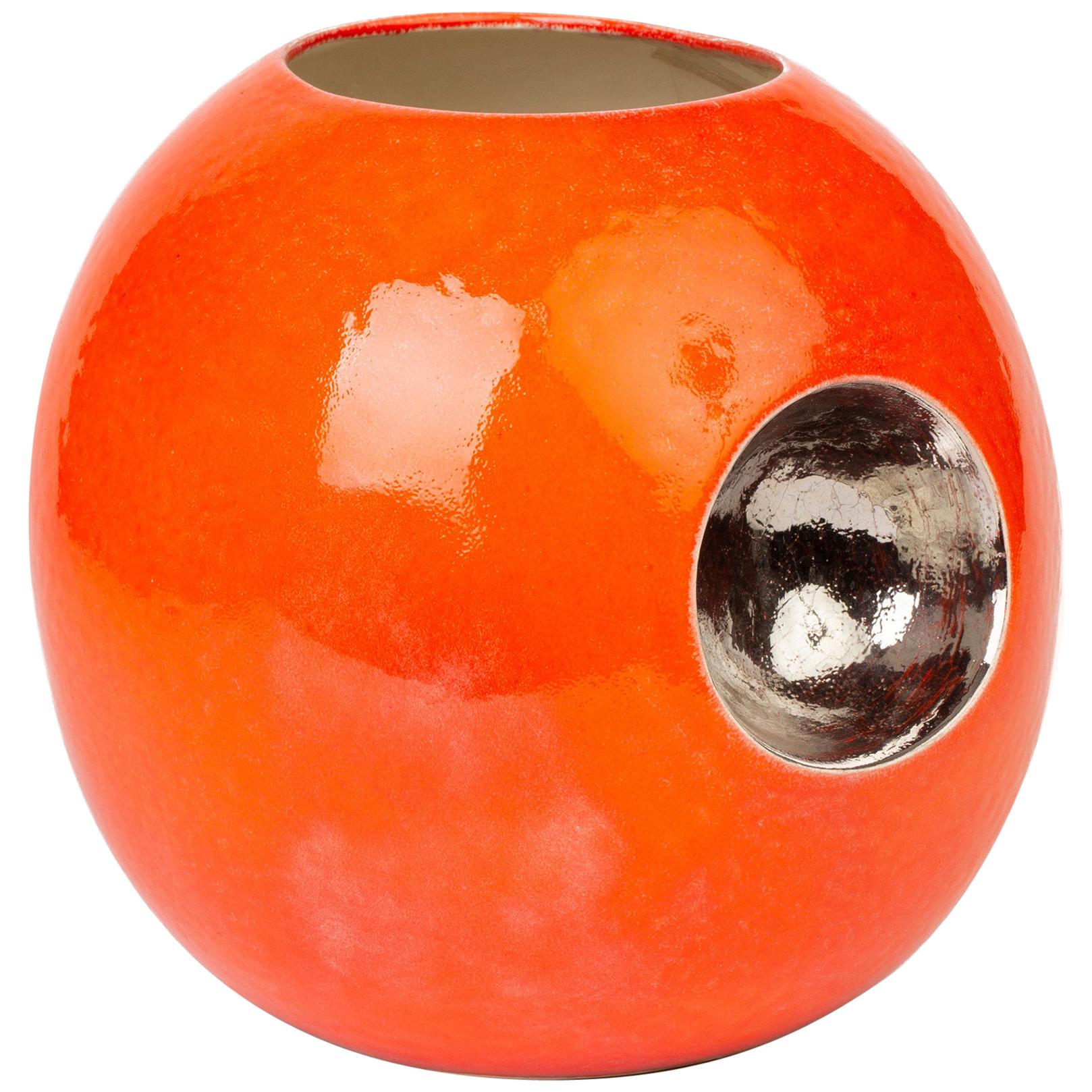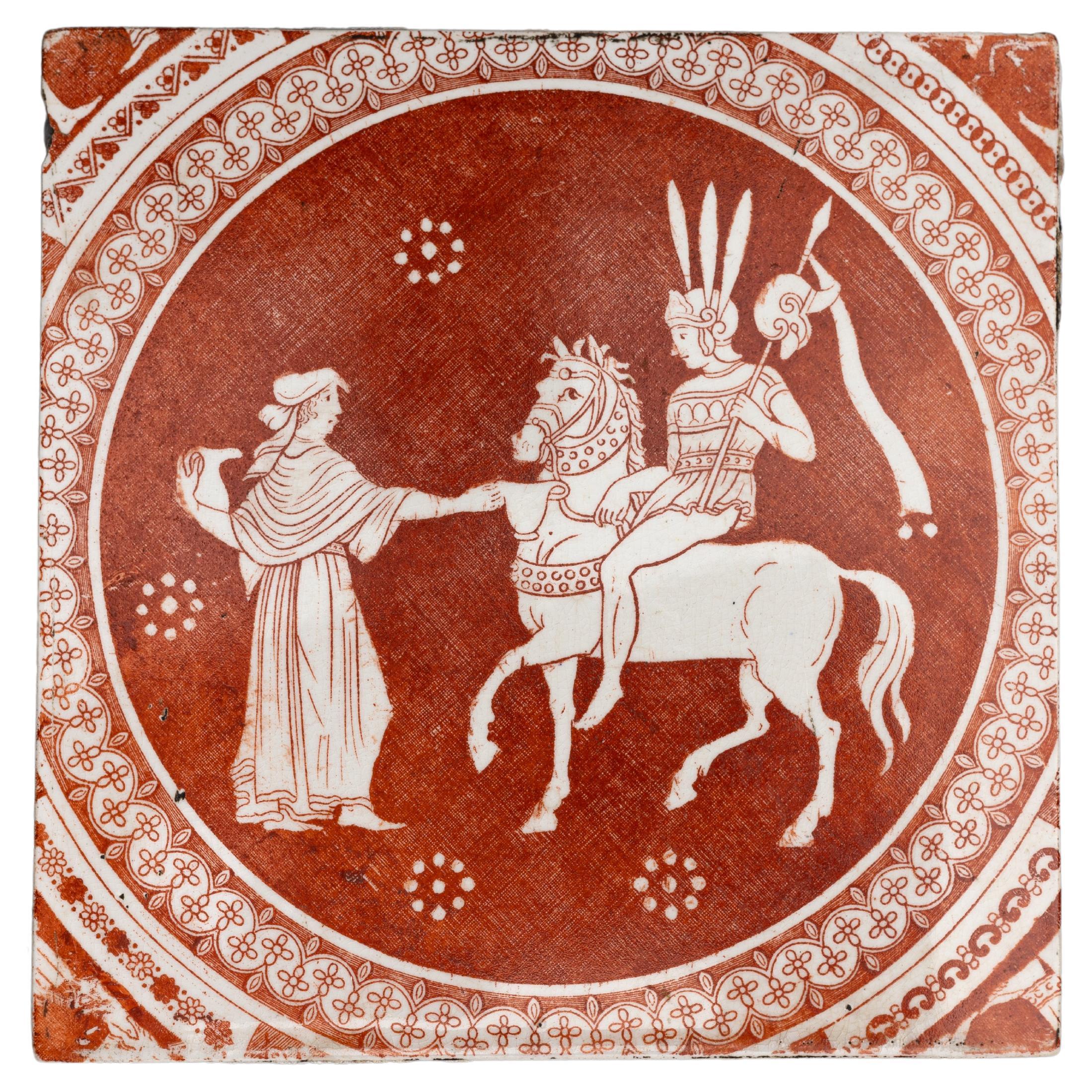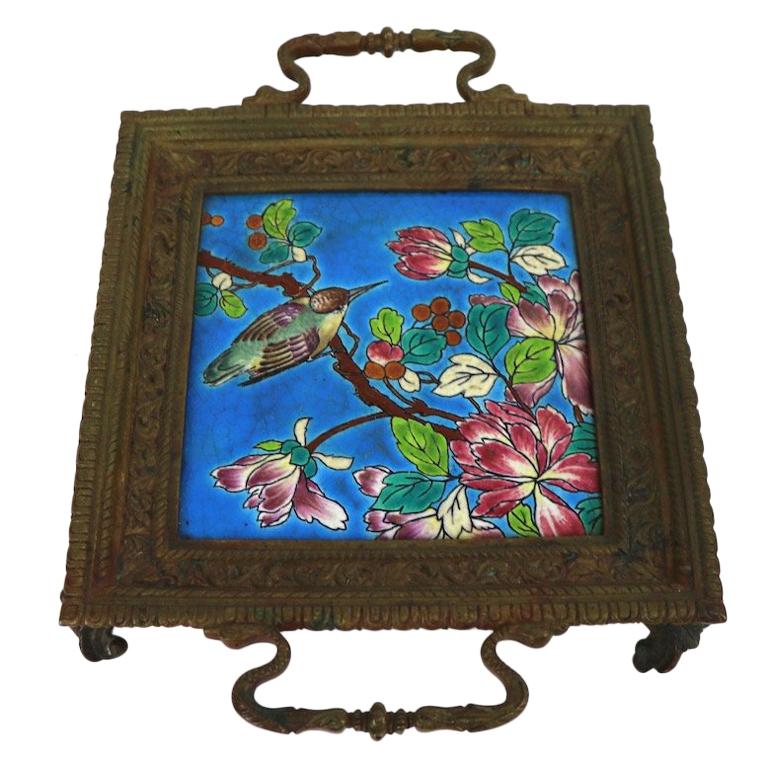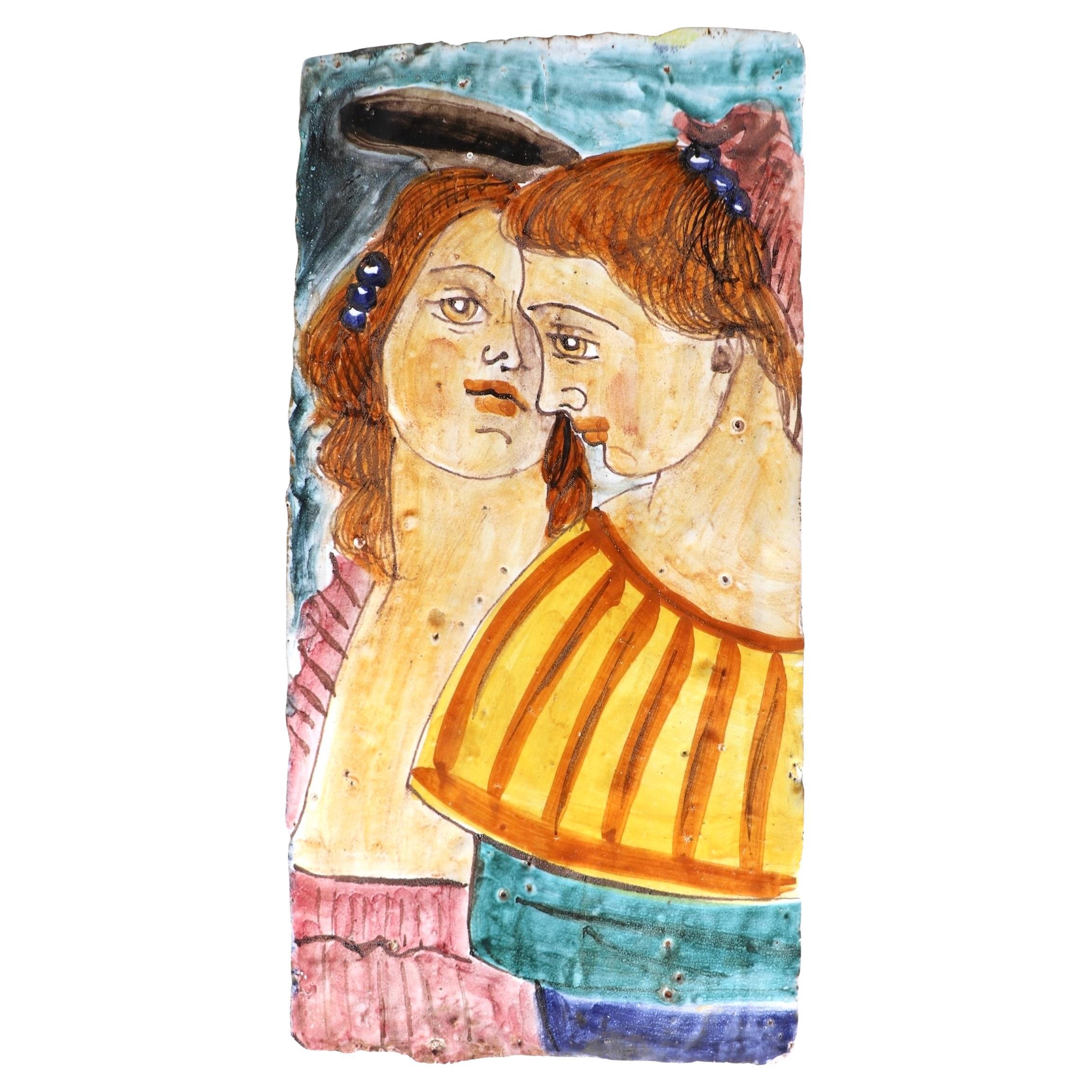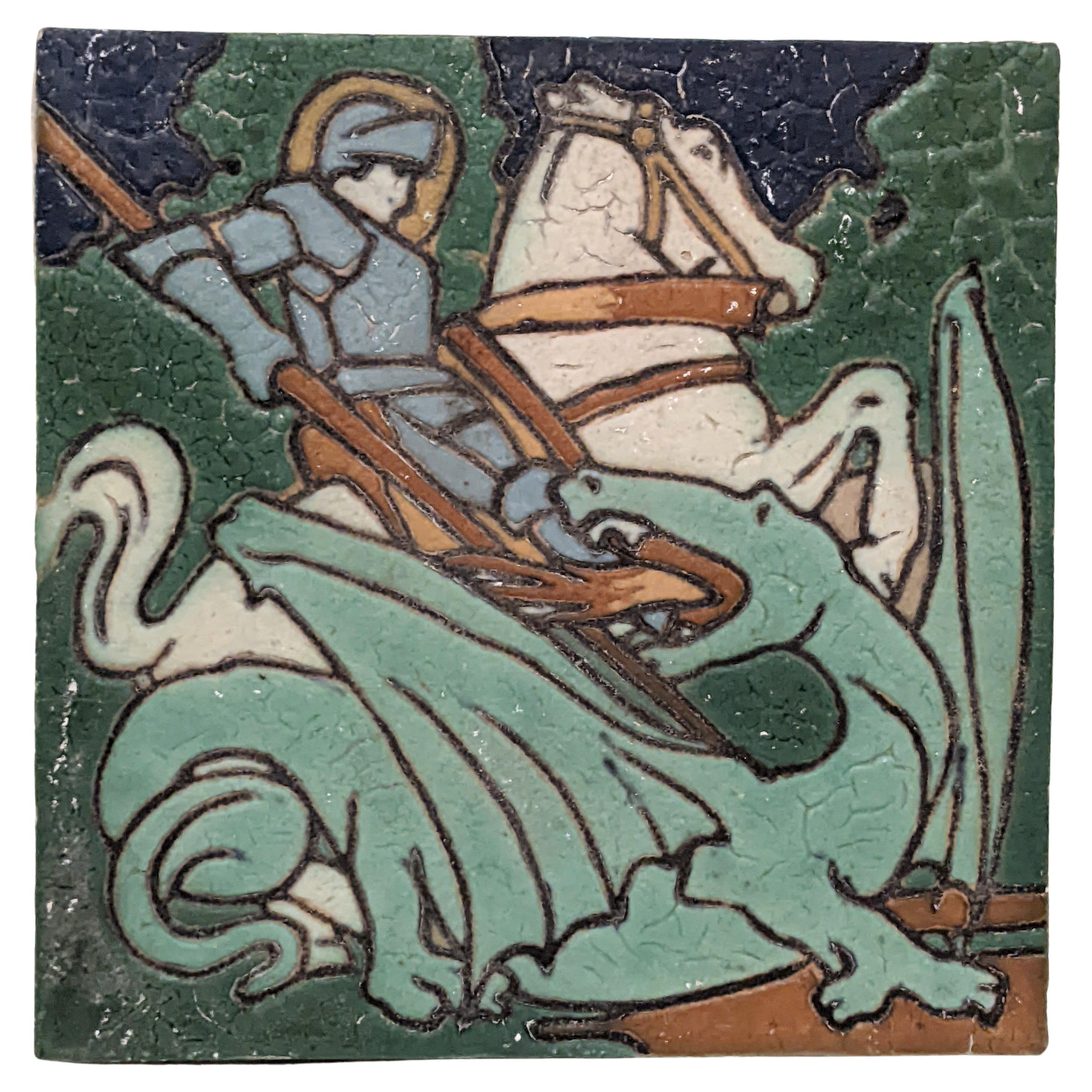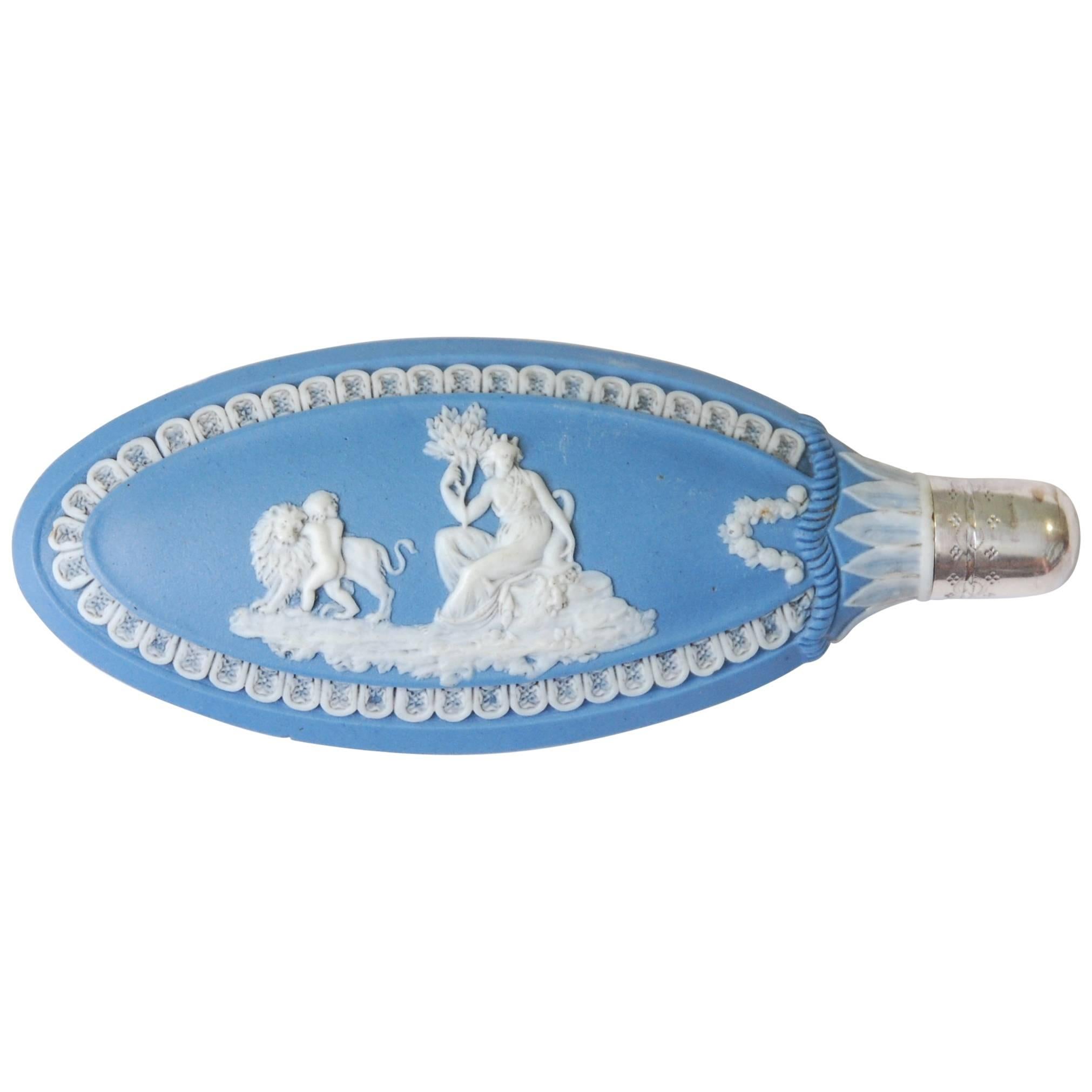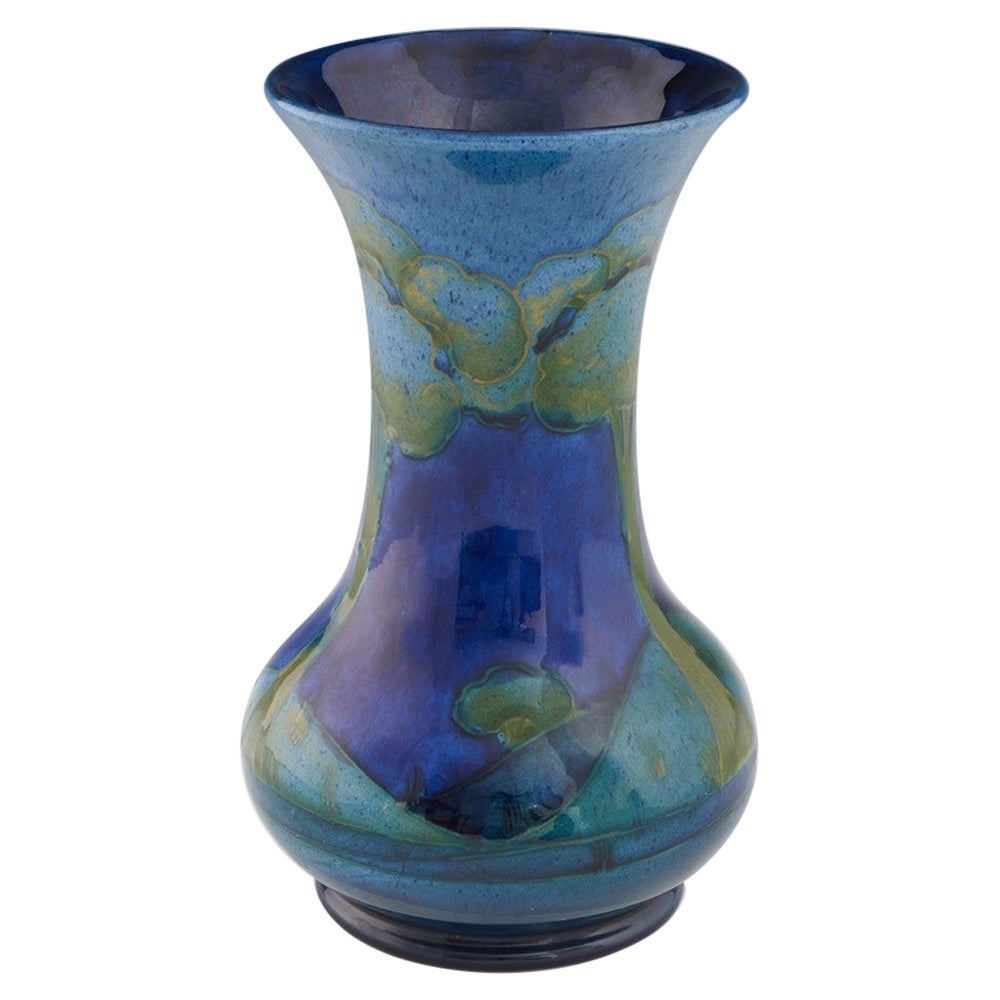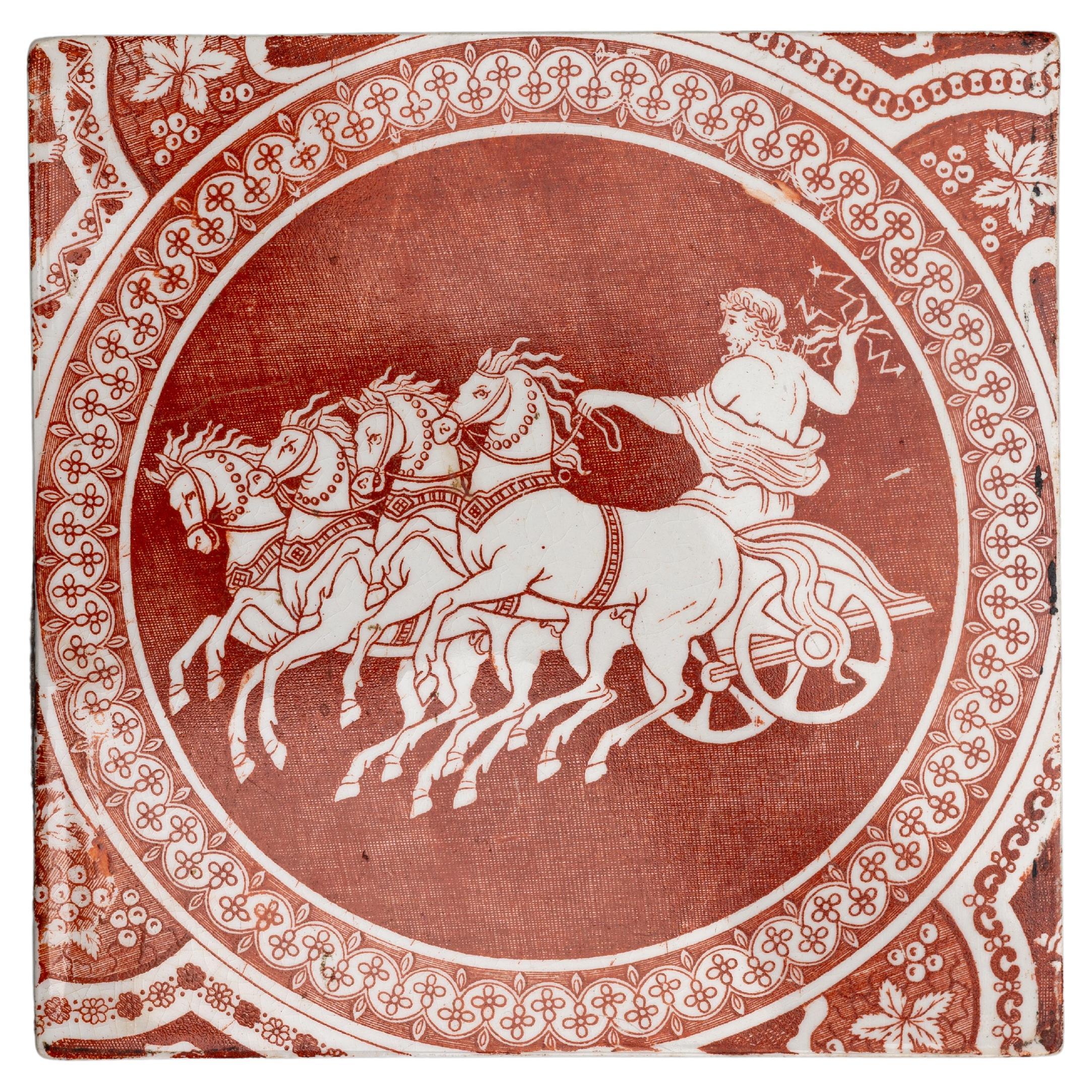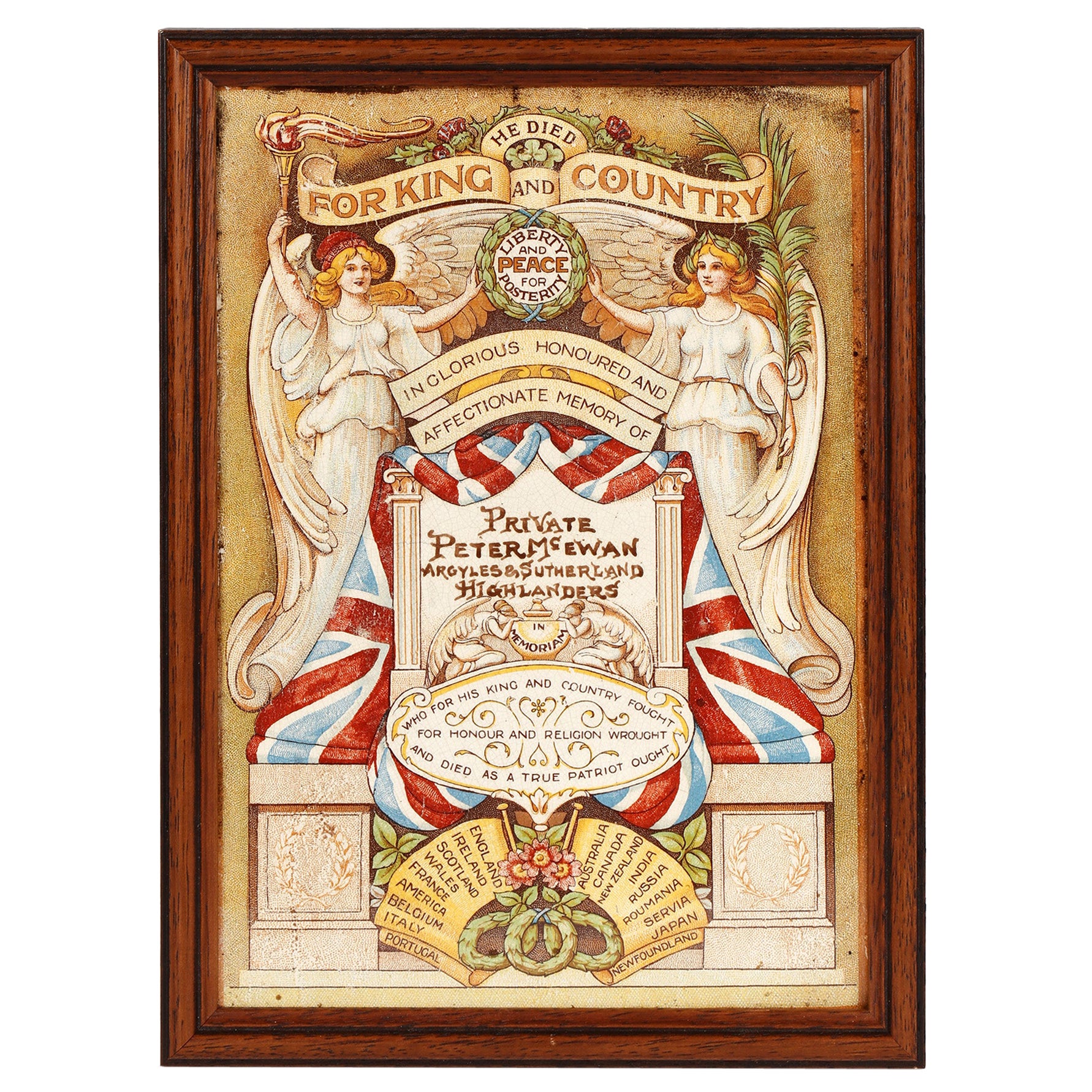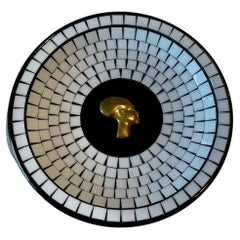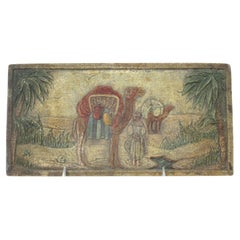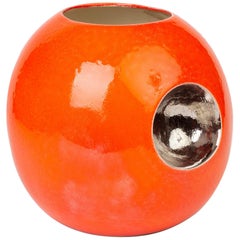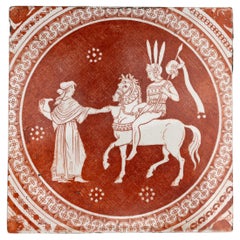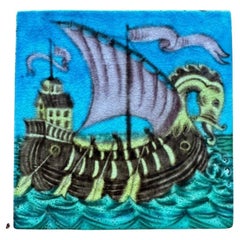
William De Morgan Tile
View Similar Items
1 of 4
William De Morgan Tile
About the Item
- Creator:William De Morgan (Artist)
- Dimensions:Height: 6.03 in (15.3 cm)Width: 6.03 in (15.3 cm)Depth: 0.4 in (1 cm)
- Materials and Techniques:
- Period:
- Date of Manufacture:1880
- Condition:
- Seller Location:Chipping Campden, GB
- Reference Number:Seller: 54161stDibs: LU7504235178202
Authenticity Guarantee
In the unlikely event there’s an issue with an item’s authenticity, contact us within 1 year for a full refund. DetailsMoney-Back Guarantee
If your item is not as described, is damaged in transit, or does not arrive, contact us within 7 days for a full refund. Details24-Hour Cancellation
You have a 24-hour grace period in which to reconsider your purchase, with no questions asked.Vetted Professional Sellers
Our world-class sellers must adhere to strict standards for service and quality, maintaining the integrity of our listings.Price-Match Guarantee
If you find that a seller listed the same item for a lower price elsewhere, we’ll match it.Trusted Global Delivery
Our best-in-class carrier network provides specialized shipping options worldwide, including custom delivery.You May Also Like
Mosaic Tile Decorative Plate
Located in Denton, TX
Mosaic tiled decorative plate/ dish. Signed made in Denmark.
Category
Mid-20th Century Danish Mid-Century Modern Pottery
Materials
Ceramic
California Art Tile Company Tile California Pottery & Arts and Crafts
By California Pottery
Located in Cincinnati, OH
A larger sized Arts and Crafts hearth art tile depicting a scenic view of a desert with travelers on camels . Hand colored and crafted by the California Art Tile...
Category
Mid-20th Century American Arts and Crafts Pottery
Materials
Pottery
Stylish Contemporary Orange Glazed Globular Vase Signed Morgan Dated 2004
Located in Bishop's Stortford, Hertfordshire
An unusual and very stylish contemporary art pottery vase of globular shaped signed Morgan and dated 2004. The rounded pottery vase stands on a flat ungl...
Category
Early 2000s British Modern Vases
Materials
Pottery
Early Spode Red Greek Pattern Tile
By Josiah Spode, Spode
Located in Fort Lauderdale, FL
A Neoclassical red transferware tile made by Spode 1806-1810, with the ‘Refreshments for Phliasian Horseman’ pattern.
Sir William Hamilton’s Collection of Etruscan, Greek and Roman antiquities, first published in 1766 by Pierre d’Hancarville, was a landmark publication in English design. It intended to disseminate the Antique style through its engravings of Attic pottery. The catalog’s faithful reproductions of Classical vases led British potteries, including Spode, to adapt or even copy the ancient art for modern life. These Spode Greek pattern tiles reflect the major influence of Hamilton’s catalog on English Neoclassicism. The central scene was taken directly from the catalog.
This tile can be dated to a narrow window of production in the Spode factory, 1806-1810. During that time, Spode used a technique known as the “Pluck and Dust” method to print in red transfer designs onto creamware. Using this method, source prints were transferred overglaze using tissue imprinted with a very faint rendition of the design outlined in sticky oil. The decorator applied the tissue to the object then carefully “plucked” or pulled it away, leaving the sticky oil design behind. Then, a finely-ground enamel color was “dusted” onto the surface, sticking to any areas that had the oil. A final firing at a low temperature in the enamel kiln made the pattern permanent. The Pluck and Dust technique improved upon bat-printing and enabled larger designers to be transferred. It was short-lived, however, as under-glaze transfer printing soon took over as the preferred method for producing transferwares.
Dimensions: 5 in. x 5 in. x 1/4 in.
Condition: Excellent. Slight chip to the upper left corner measuring approximately 0.9 cm. in length.
Provenance:
The Collection of Nancy and Andrew Ramage
Jonathan Horne...
Category
Antique Early 19th Century English Neoclassical Pottery
Materials
Earthenware, Creamware
Longwy Tile in Cast Bronze Frame
By Faïenceries et Emaux de Longwy
Located in New York, NY
Longwy tile plaque in heavy cast brass footed frame, or trivet. Original condition, free of damage. Tile alone without frame 5.75 x 5.75 inch.
Category
Early 20th Century French Art Deco Ceramics
Vintage Italian Ceramic Two Sisters Tile c. 1940's
By Deruta
Located in New York, NY
Italian pottery ceramic tile depicting two women, possibly sisters, executed in classic polychrome glaze. This example is in very fine, original, clean and ready to display, free of...
Category
Mid-20th Century Italian Art Deco Pottery
Materials
Ceramic
